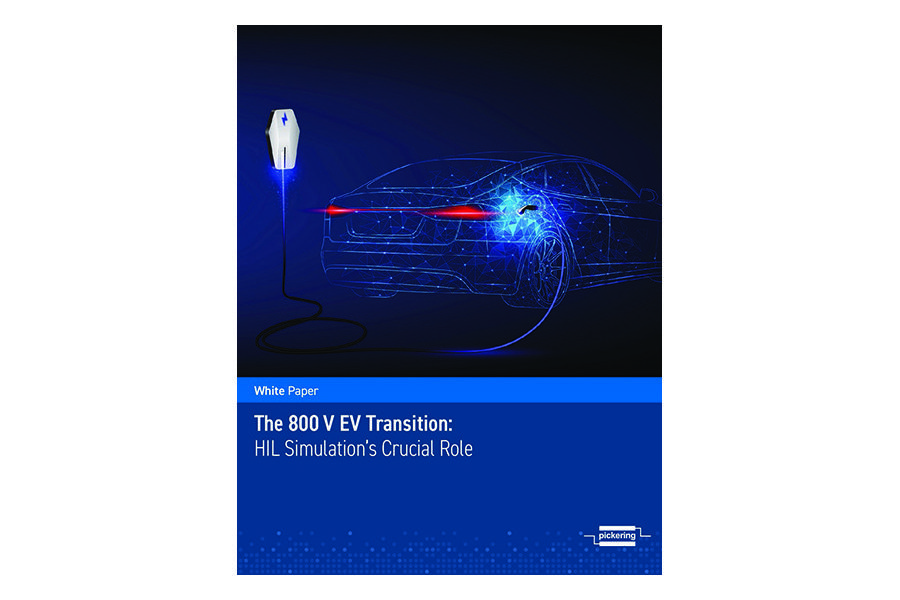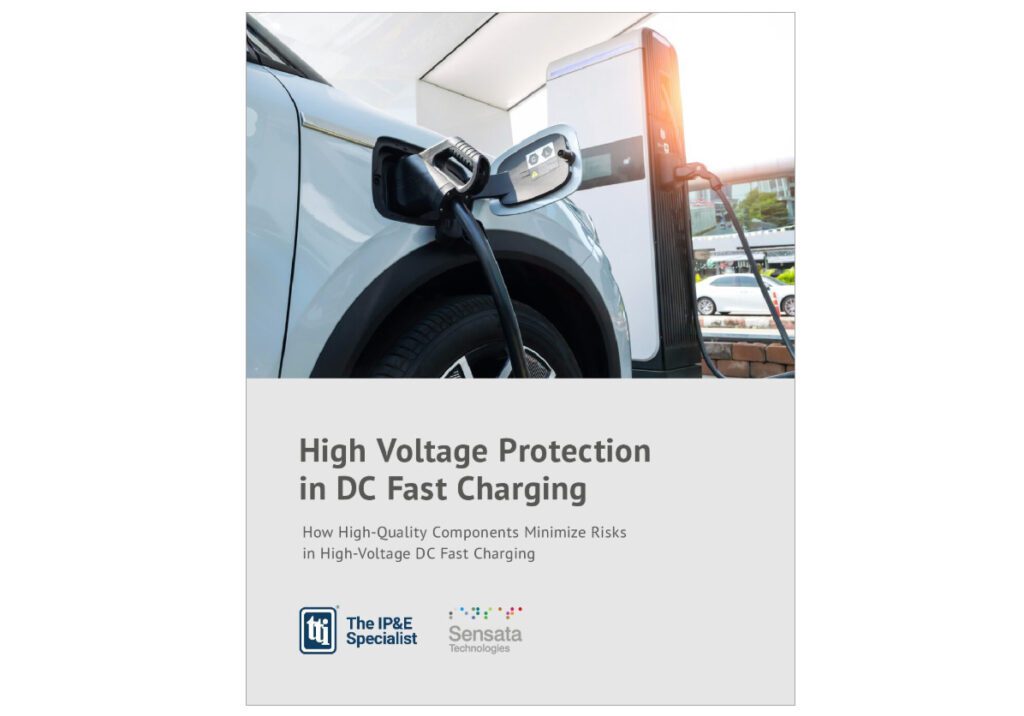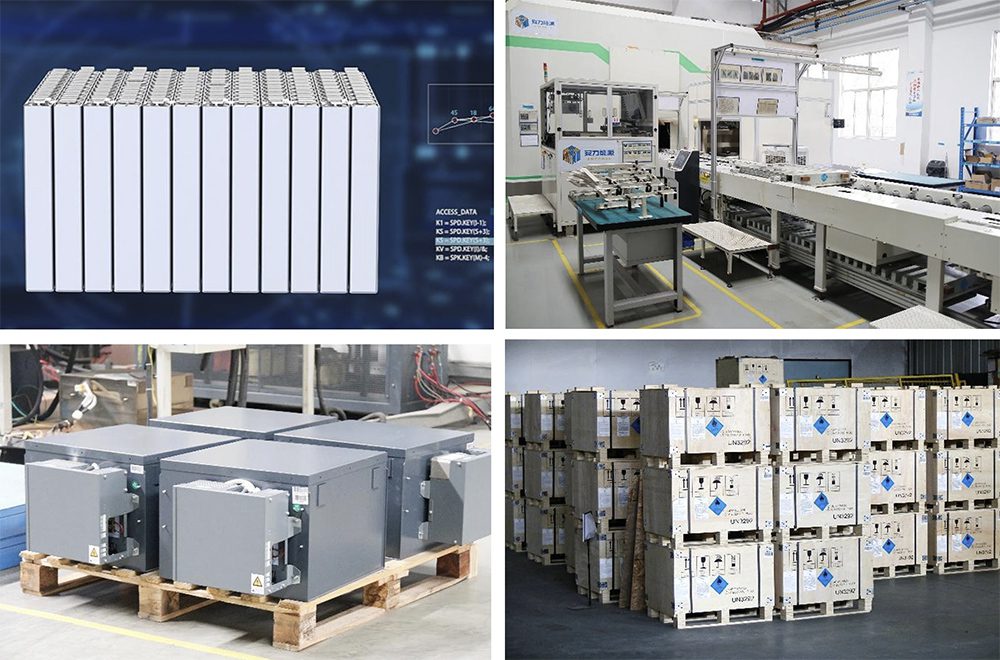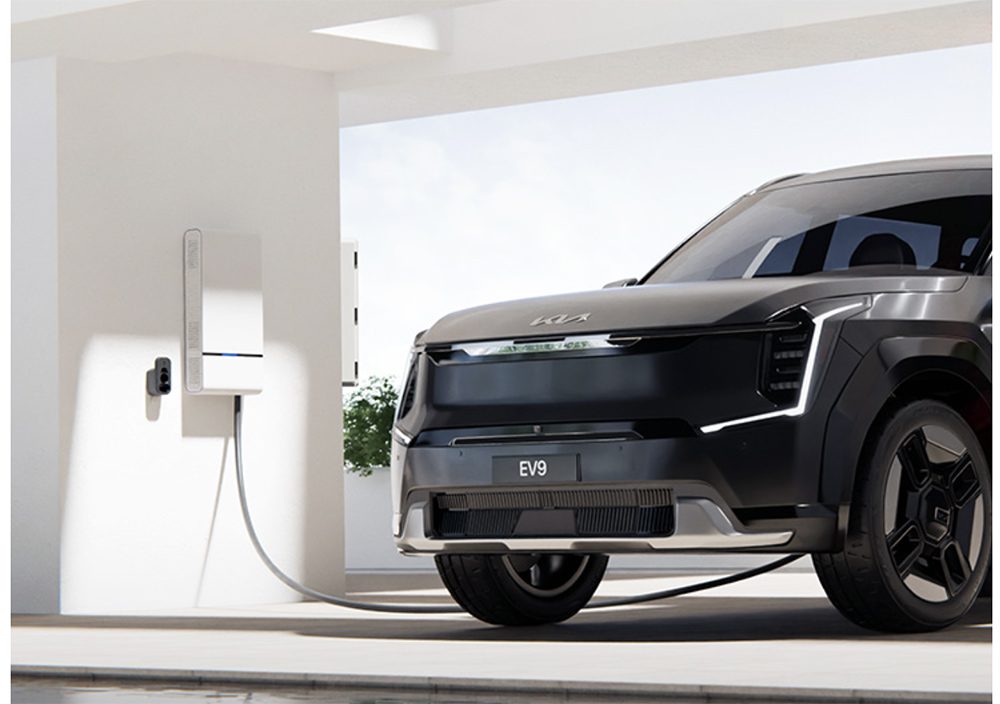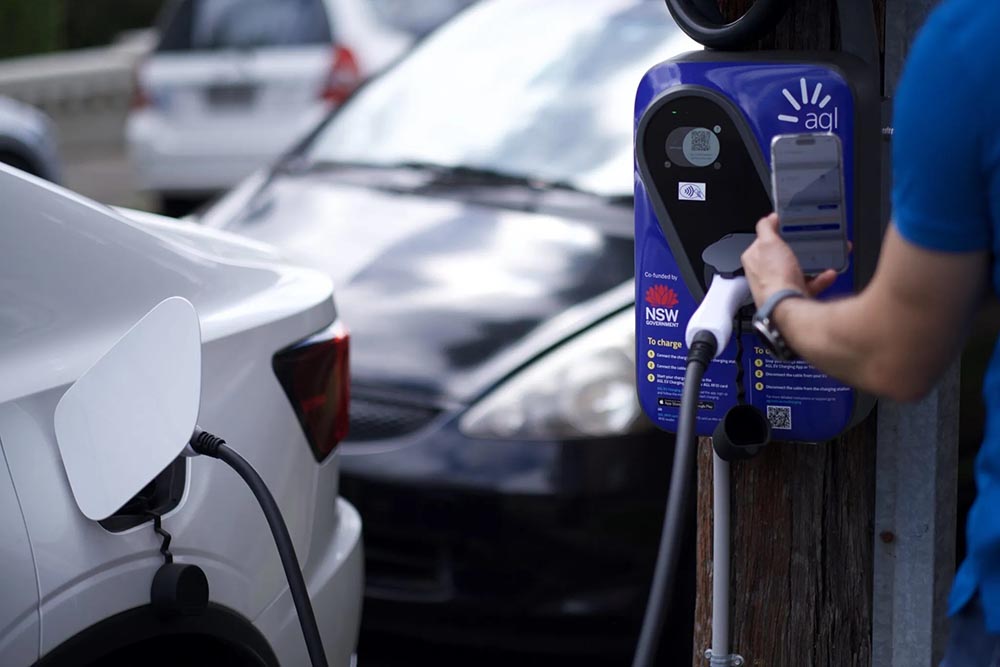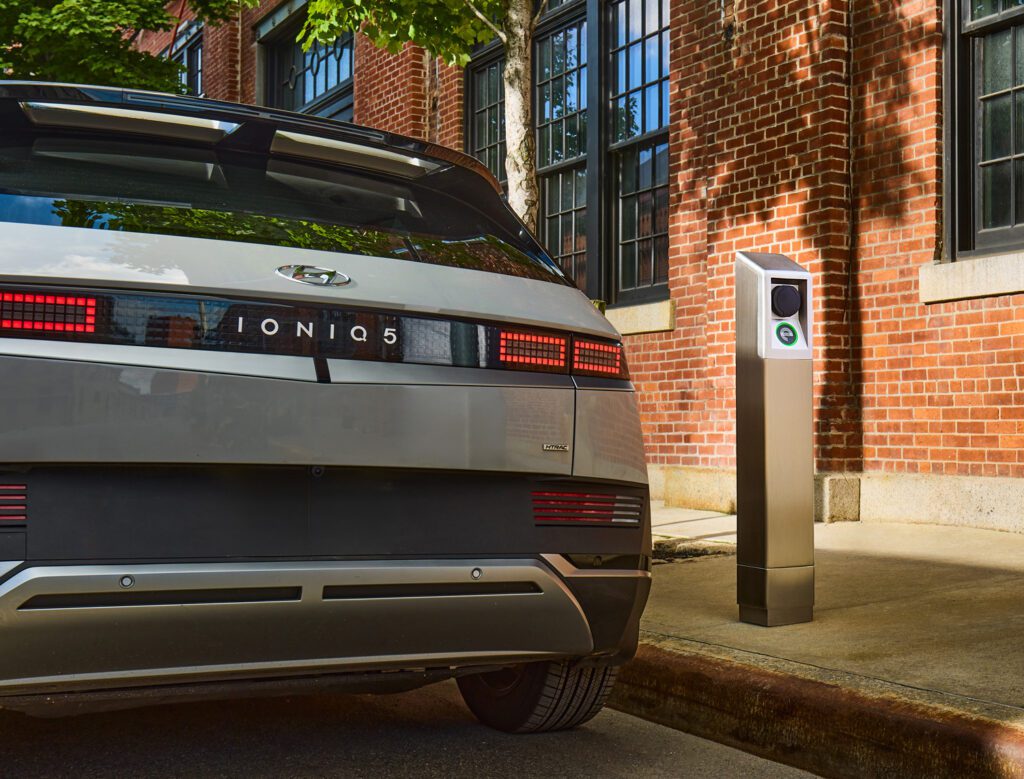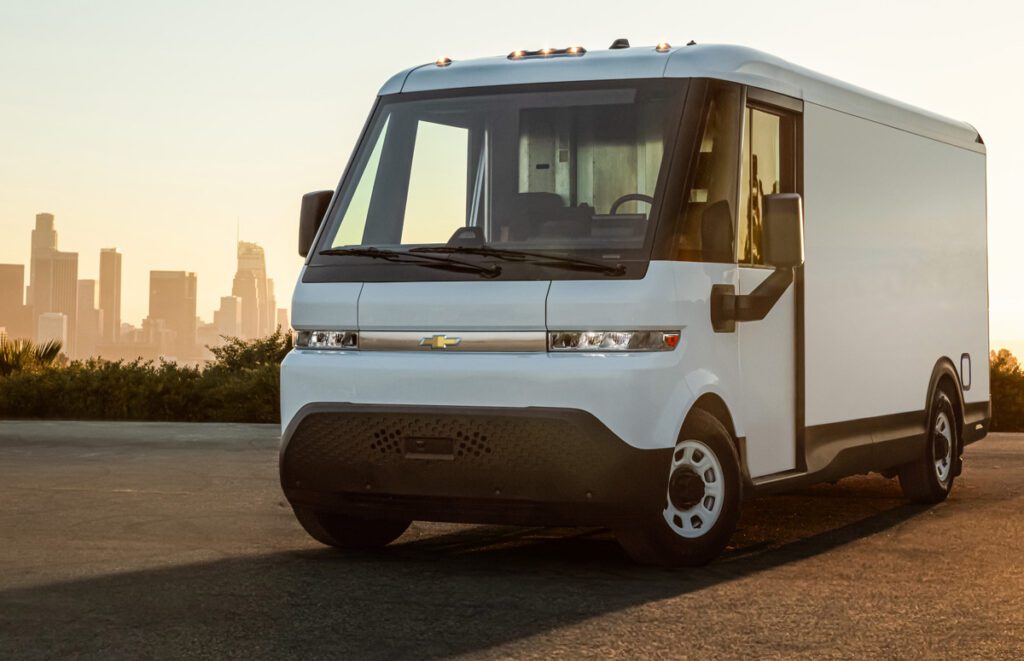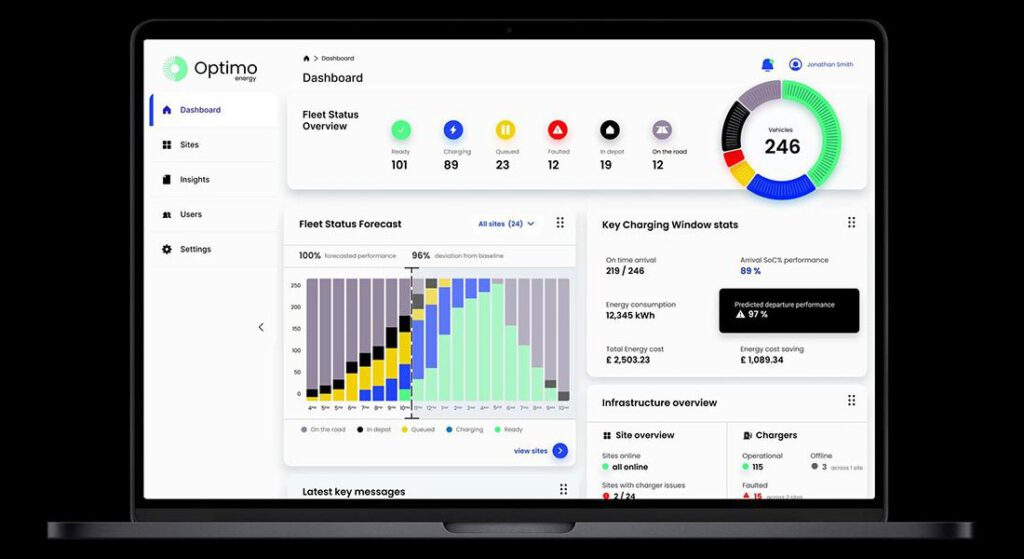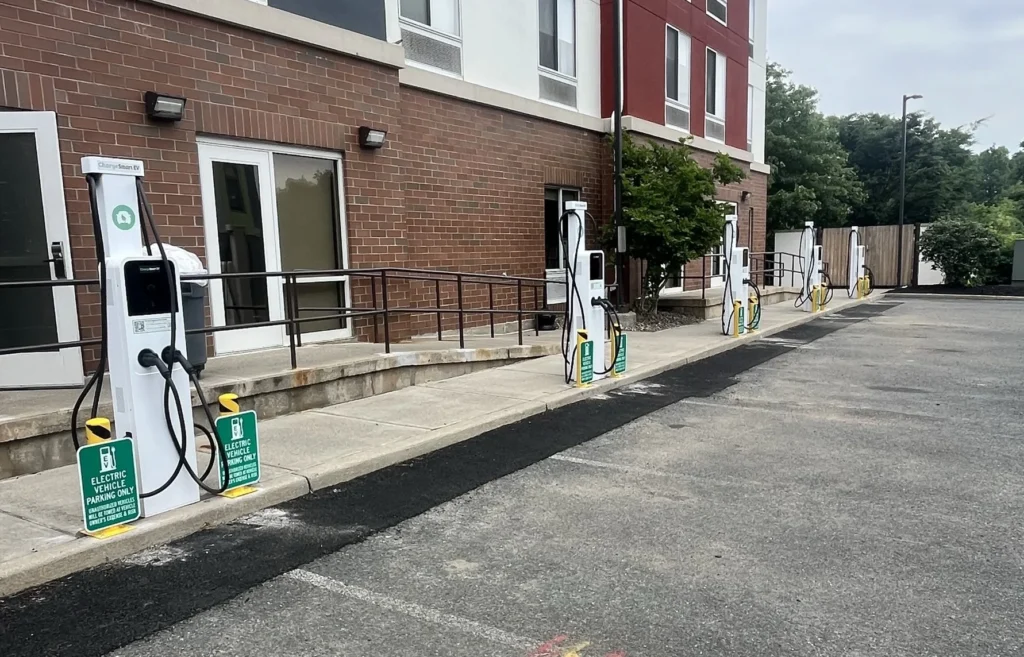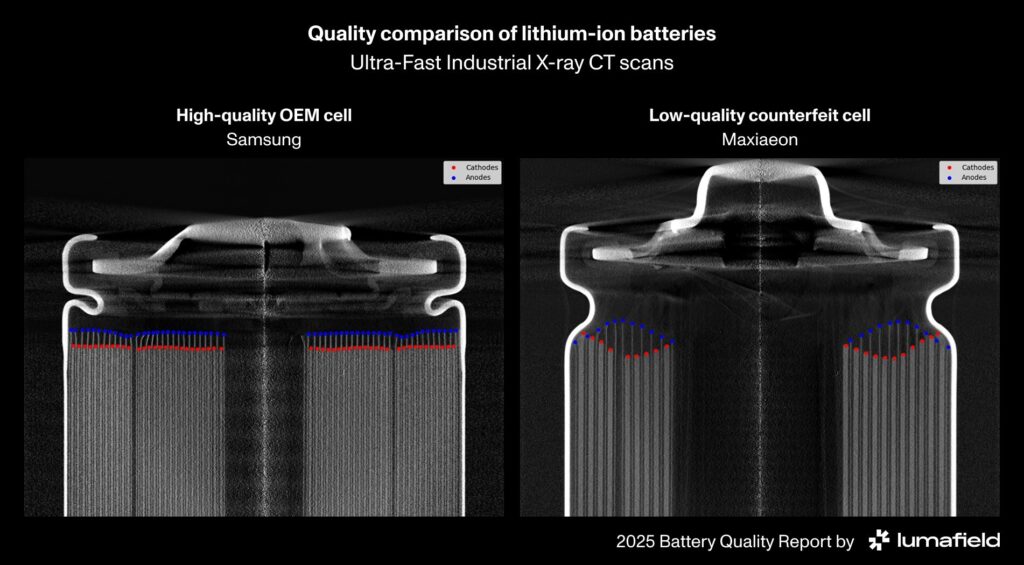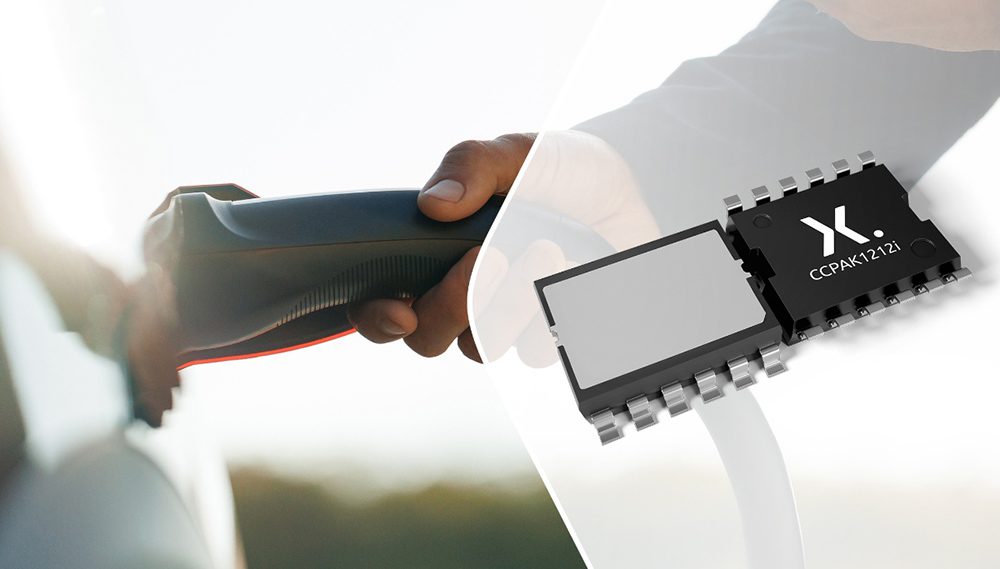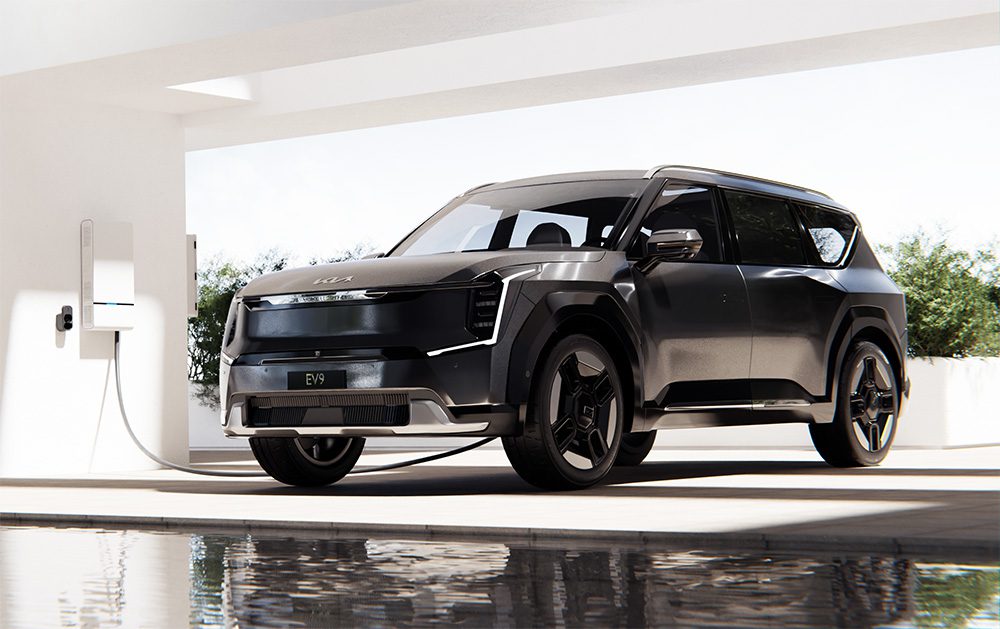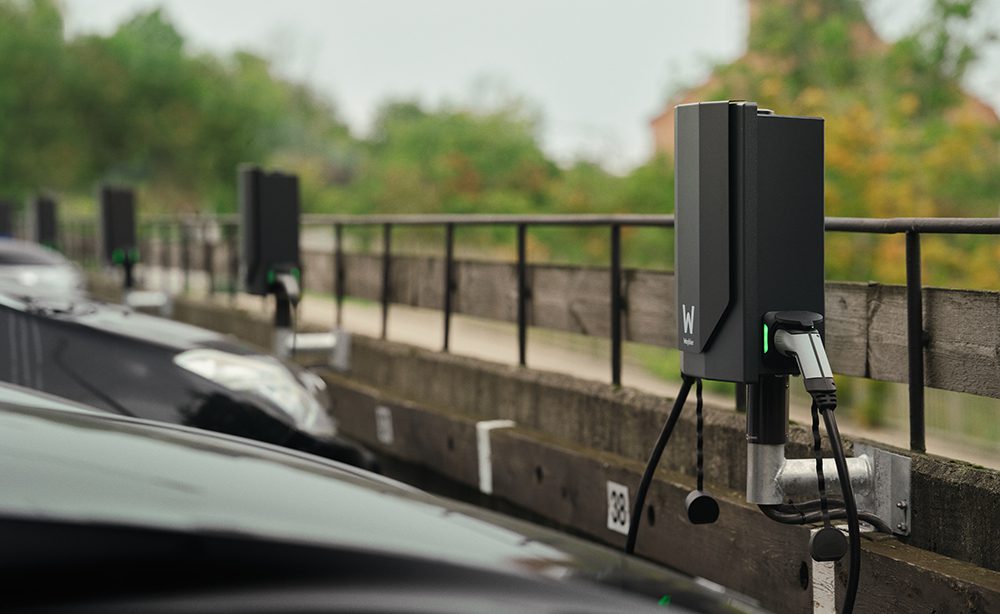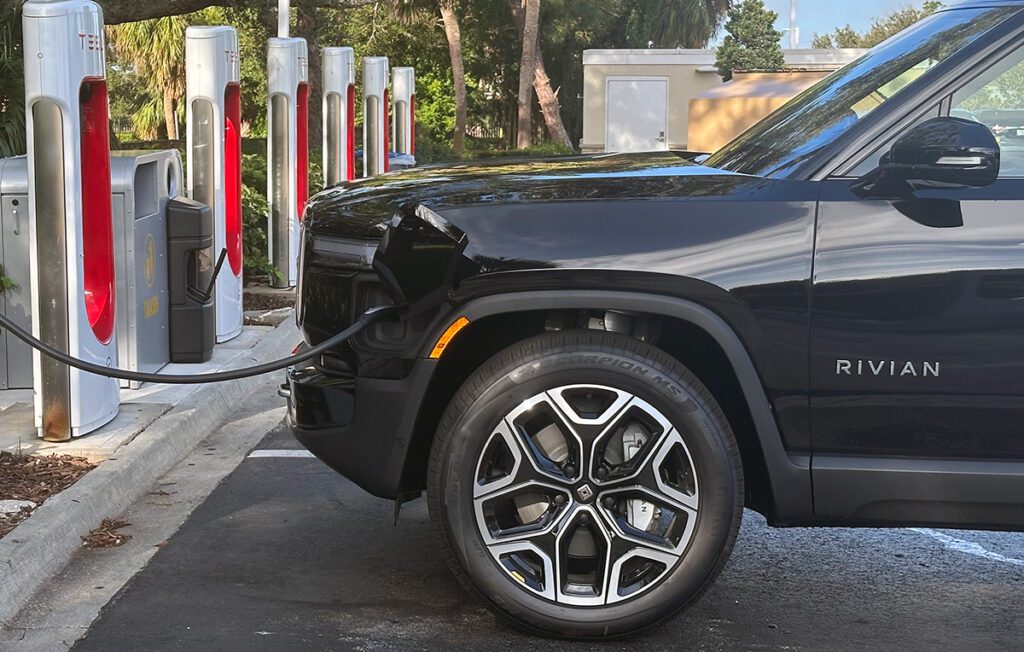Huge amounts of misinformation about EVs are churned out each day—and some of this has been coming from the UK’s top environmental official.
Environment Secretary George Eustice, who said last November that he doesn’t own an EV or a heat pump, because “the technology is not quite there yet,” recently told members of a parliamentary committee that EVs’ emissions of fine particulate matter may be higher than those of ICE vehicles, due to EVs’ greater weight.
“The unknown thing at the moment is how far switching from diesel and petrol to electric vehicles will get us,” Eustice told the Environment, Food and Rural Affairs Committee of the House of Commons. “There is scepticism. Some say that just wear and tear on the roads and the fact that these vehicles are heavier means that the gains may be less than some people hope, but it is slightly unknown at the moment.”
To be fair, Mr. Eustice’s reference to EVs was one sentence in a lengthy discussion of measures to combat particulate pollution. However, numerous media outlets spun his brief comment into a classic “EVs’ dirty little secret” story.
The Royal Automobile Club Foundation (RAC), a transport research organization and EV advocate, sponsored a study to assess the validity of this trope, which has been showing up in the anti-EV media for some time. The idea is that EVs’ brake pads and tires wear more quickly, producing higher amounts of fine particulate matter, a pollutant that contributes to respiratory diseases and can enter the bloodstream.
The RAC commissioned battery electrochemist Dr. Euan McTurk to study the issue and prepare a report. In summary, Dr. McTurk found that EVs’ brakes wear far more slowly than those of legacy vehicles, and that tire wear is similar for non-driven wheels and only slightly worse for driven wheels.
In his report, Dr. McTurk explains that most of the braking in EVs is done via regenerative braking, which converts kinetic energy into electricity to charge the battery as the vehicle slows down. This reduces the use of the mechanical brake discs and pads. He also points out that the Volkswagen Group has decided to use enclosed rear brake drums for its new EVs, which capture particulates, and do not release them into the atmosphere.
Dr. McTurk cites two real-world examples of brake wear: “Dundee Taxi Rentals says that brake pads on its 11 Nissan Leaf taxis have a lifespan of 80-100,000 miles—four times that of their diesel taxis. In addition, Cleevely EV, one of the best-known EV mechanics in the UK, regularly sees EVs with brakes that have lasted over 100,000 miles.”
As for tire wear, another source of particulate matter pollution, Dr. McTurk refers to a 2020 press release from Emissions Analytics, which states that pollution from tires can be 1,000 times higher than a car’s exhaust emissions. This press release has been cited in many an anti-EV rant.
“Emissions Analytics…stated that a car they tested shed 9.28 grams of particulate matter per mile from its tires,” writes Dr. McTurk. “However, it turns out that this was a worst-case scenario featuring the cheapest tires, heavy ballast in the car and driving at high speeds with much cornering.”
Dr. McTurk points out that a typical car tire weighs around 9 kg, so if a car shed as much particulate matter as Emissions Analytics would have us believe, its tires would physically disappear in less than 4,000 miles. “In reality, tread represents about 35% of a tire’s total weight, so the tires would be bald in less than 1,358 miles, or two months of driving for the average UK driver.”
Again, the good doctor cites some real-world examples. British Gas, which operates 800 large electric vans, reports that some have done 15,000 miles without needing replacement tires. “Dundee Taxi Rentals reports that the lifespan of the front tires on their all-electric front-wheel-drive Nissan Leafs is about 5,000 to 10,000 miles less than their diesel taxis but, more positively, the rear tires last the same amount of time, typically covering 30-36,000 miles before needing to replaced. Cleevely EV Mobile’s high-mileage, cross-country electric vans show that the tire lifespan of front-wheel drive EVs can be just as good as [those of] petrol or diesel cars.”
Dr. McTurk also points out that several tire manufacturers have developed special tires for EVs, which provide greater efficiency and less wear, and that “modern electric vehicles aren’t actually that much heavier than petrol or diesel cars, especially with the recent trend towards bigger and heavier SUVs, and as battery technology improves, they will become lighter without compromising range.”
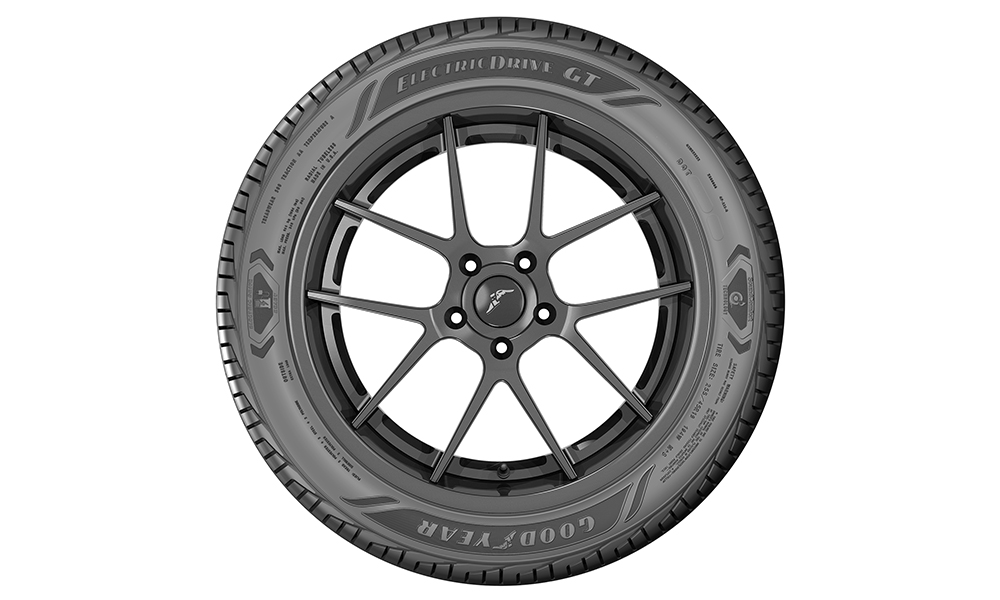
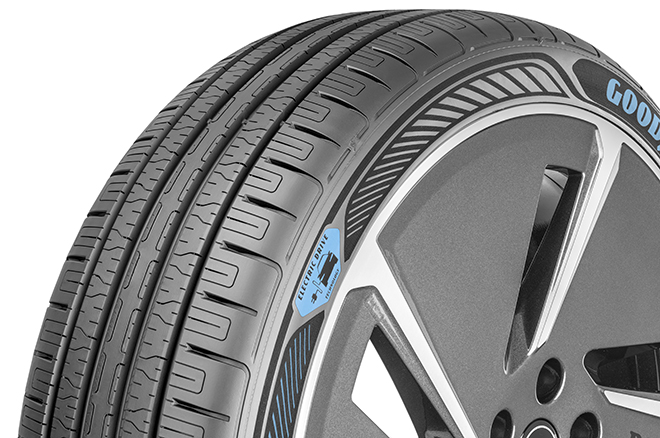
“George Eustice’s remarks about EVs not being as green as some may think were very unhelpful and could put some drivers off making the switch to zero-emission driving,” said RAC EV spokesperson Simon Williams. “There are far too many negative myths surrounding electric cars which need to be busted as soon as possible in order to speed up the electric revolution. We hope these positive real-world experiences will help to clear up some of the confusion.”
“When the Secretary of State for the Environment gets facts about electric cars wrong, it tells us we badly need a reliable, independent, source of factually accurate information for consumers,” said the RAC’s Quentin Willson. “The RAC wants to make sure that British consumers aren’t being put off buying an electric car by the moonshine, myths and misinformation being propagated by vested interests.”
Source: RAC
















































